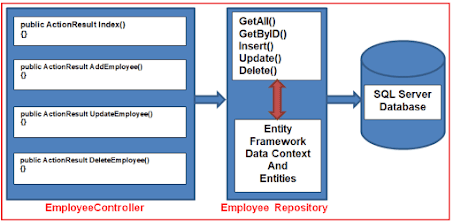Oops
Inheritance:- It's a mechanism of consuming the members of one calls in another class by establishing parent/child relationship between the classes Polymorphism:- polymorphism is a mechanism of changing the behavior based on the inputs, that is the input changes automatically the output or behavior changes Input changes means: Changes type of input parameter (int, string, list... etc) Change number of input parameter Change order of input parameter Method Overloading:- Method Overloading means it is an approach of defining multiple methods under the class with same name so we can define more then one method under the class with same name that is what we call method overloading Method overloading is a approach of defining multiple behavior to a method, Method is same but behavior are different Method Overriding: - Method overriding is a approach of re-implementing a parent classes method under child class as exactly with the ...

